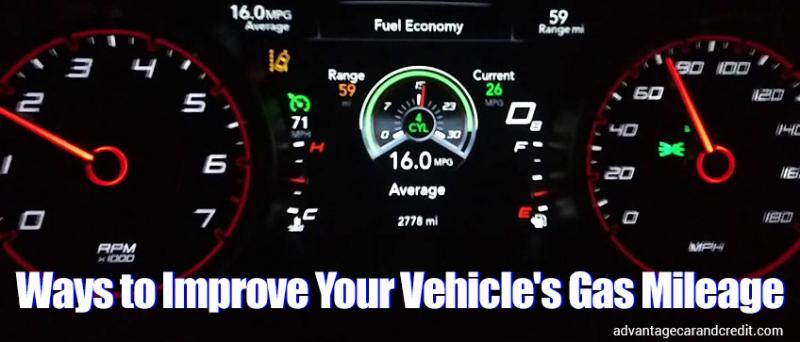
In this age of sustainability and eco-friendliness, modern cars are very fuel-efficient. No matter what, though, we all hate paying for gas. It’s a simple fact. It may surprise you, however, that your driving habits could be forcing you to spend more on fuel every month. With some small changes, you can start saving gas and getting better fuel economy.
Do you speed up to a red light only to slam on your brakes? Or worse, do you floor it as soon as the light changes to green a split second after you came to a stop? If you said yes, you still need to master the art of energy management.
Energy management is a technique pilots use to save fuel and engine wear. Applied here, it can do the same things for your car. When you see a red light, rather than speeding up towards it, slow down a little bit. If you time it right, you’ll be able to roll right through after it turns green, and you’ll save your engine from overexertion. Rather than going from 0 to 40mph in seconds, you’ll be going from 20 to 40. Since you only have to gain back 20mph rather than the full 40, you don’t use as much fuel.
Going easy on the accelerator is a huge help even on the open highway. There is plenty of space to accelerate, so there’s no need to slam your foot to the floor. A softer, gentler acceleration will save
you fuel by keeping your engine RPMs lower. Sure, it may take a few seconds longer to get to the next exit, but your engine, drivetrain and gas budget will thank you.
Excess weight is never good. Every extra pound your car has to carry means more fuel is burned in order to move that weight. If you have a bunch of stuff in your trunk or backseat that does not need to be there, clean it out! Your car will drive better, and your mileage will increase.
If a certain route is full of traffic lights and stop signs, try picking one that doesn’t have so many. Even if this route is slightly longer, you will end up burning less fuel because you won’t stop and start so much.
By the way, if you have a lot of errands to run, take a tip from major freight companies and figure out the order in which you should complete them. Starting with the farthest destination and working your way closer to home will help you avoid doubling back and wasting fuel.
Keeping your tires properly inflated can improve your gas mileage by 0.6% on average. Keeping your tires inflated to the recommended pressure not only increases your mileage, but also increases the life of your tires. Under inflated tires will lower your mileage by about 0.2% for every 1 psi (Pounds per Square Inch) in all tires.
The proper tire pressure for vehicles is typically located on a sticker inside of the driver’s door jamb. It can also be found in your vehicle’s owner manual. Follow the manufacturers recommend psi and not the tire makers max psi located on the tire sidewall.
Get a good tire gauge and keep it in your vehicle. Check your tire pressure monthly.
While not really a fuel economy tip, this last one can help you get more gas for your money…
Gasoline is burned by its weight, but it is stored by its volume. When you buy gas, buy it early in the morning when the temperature is coolest. Gasoline is at its densest in low temperatures. You will get more gasoline per gallon versus if you bought it when it is warmer outside.
To learn more about how you can improve your fuel economy, contact Advantage Car & Credit today.